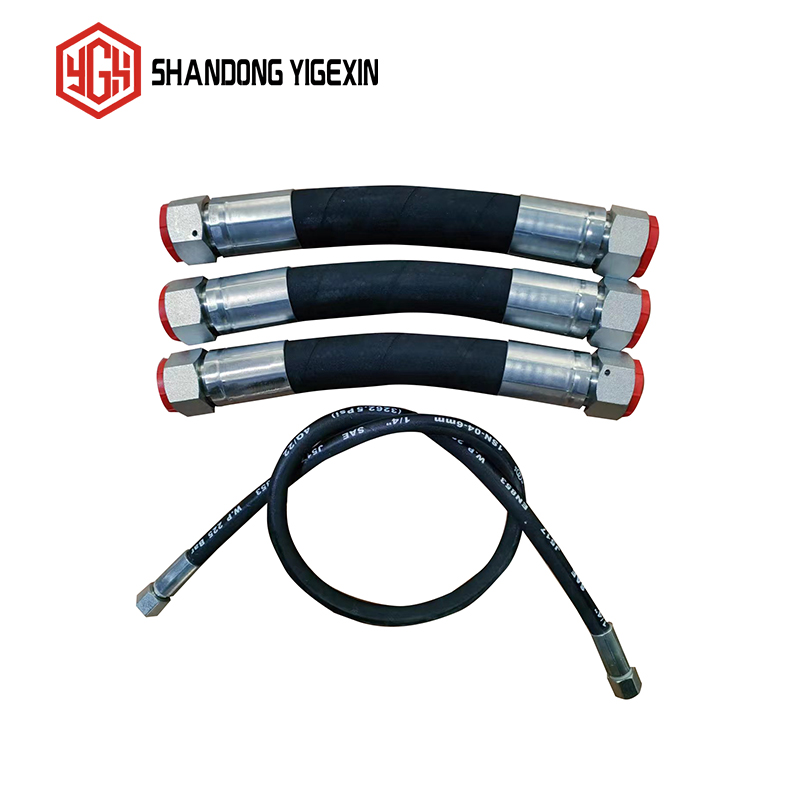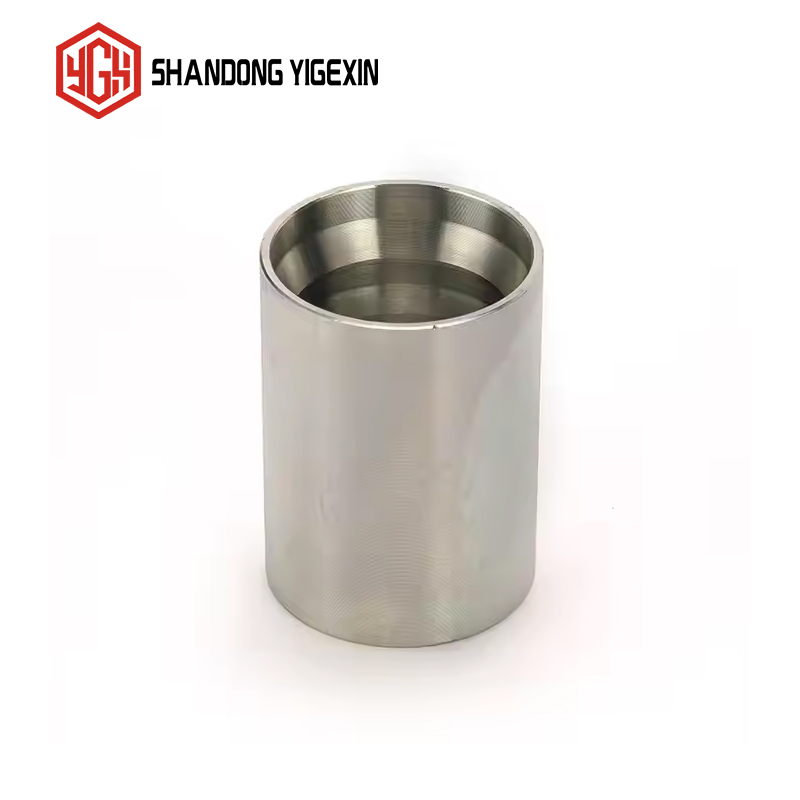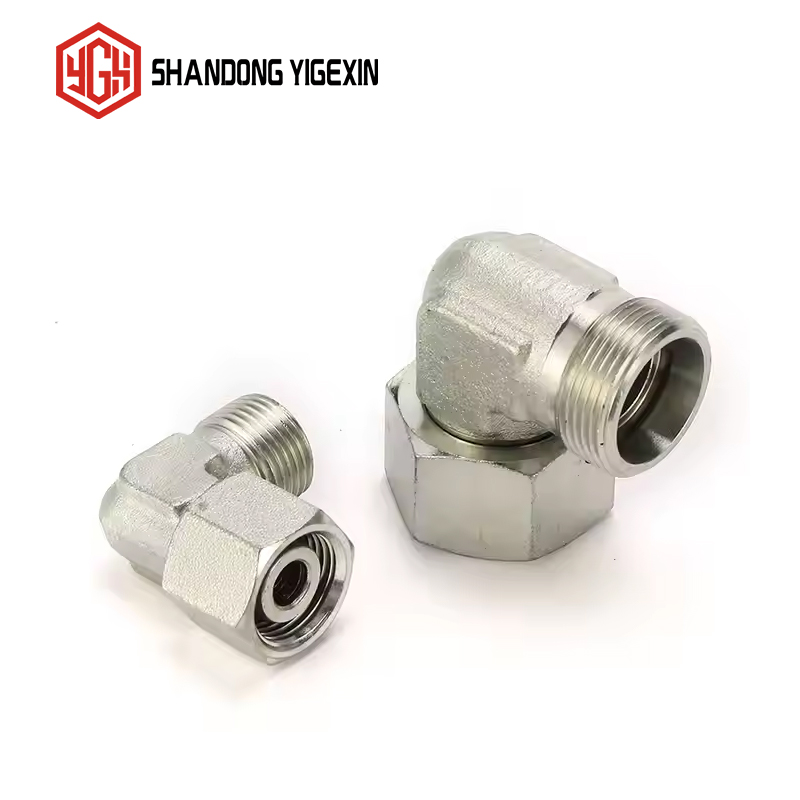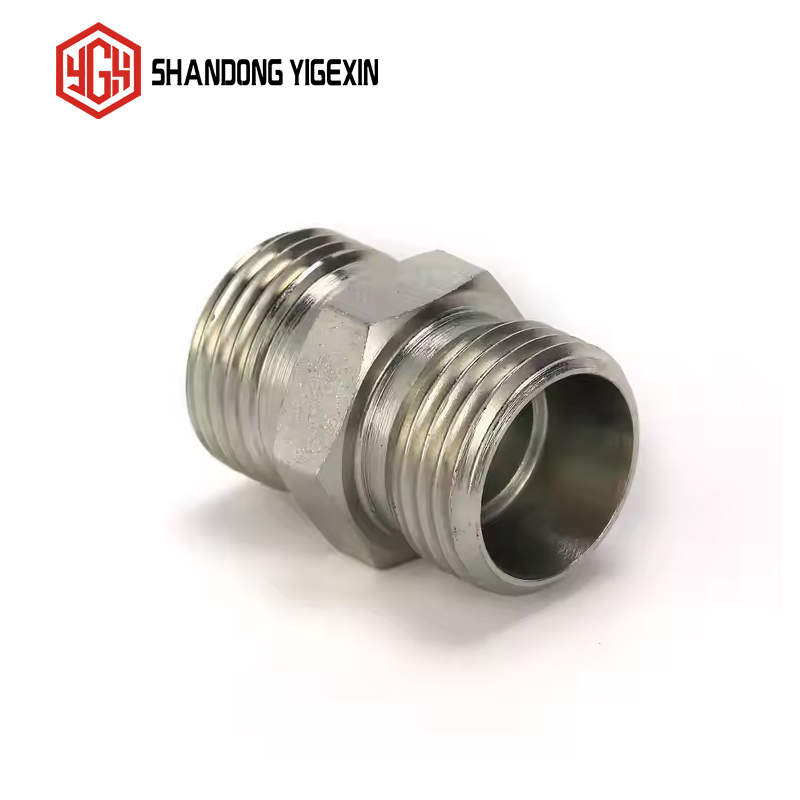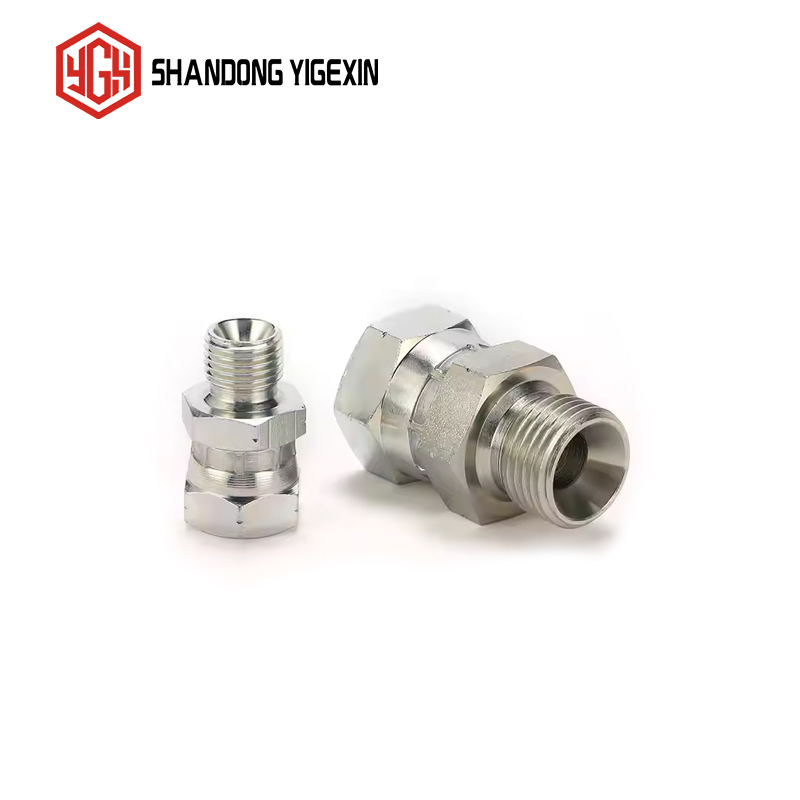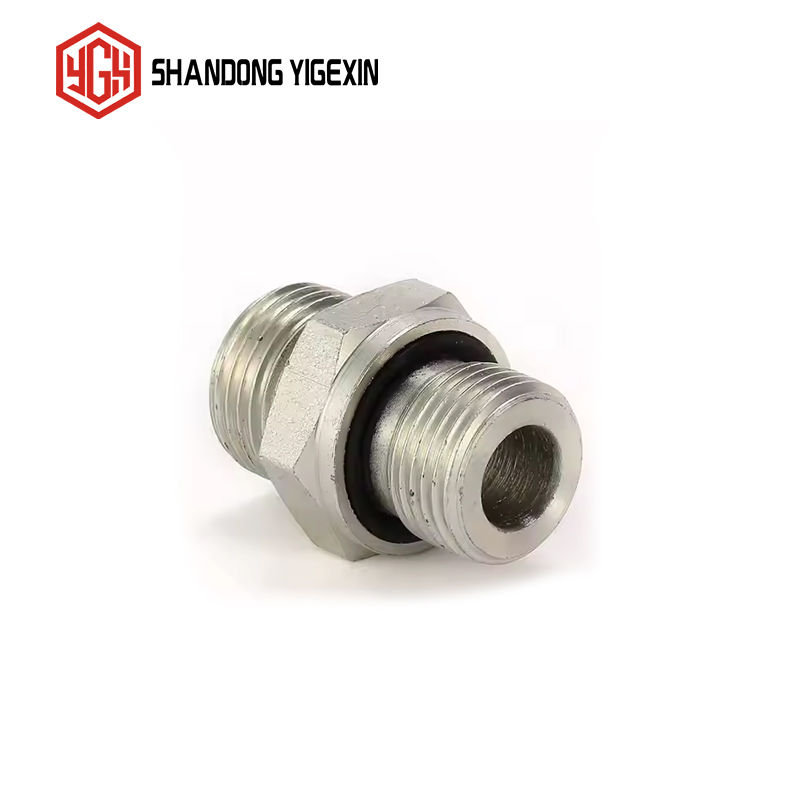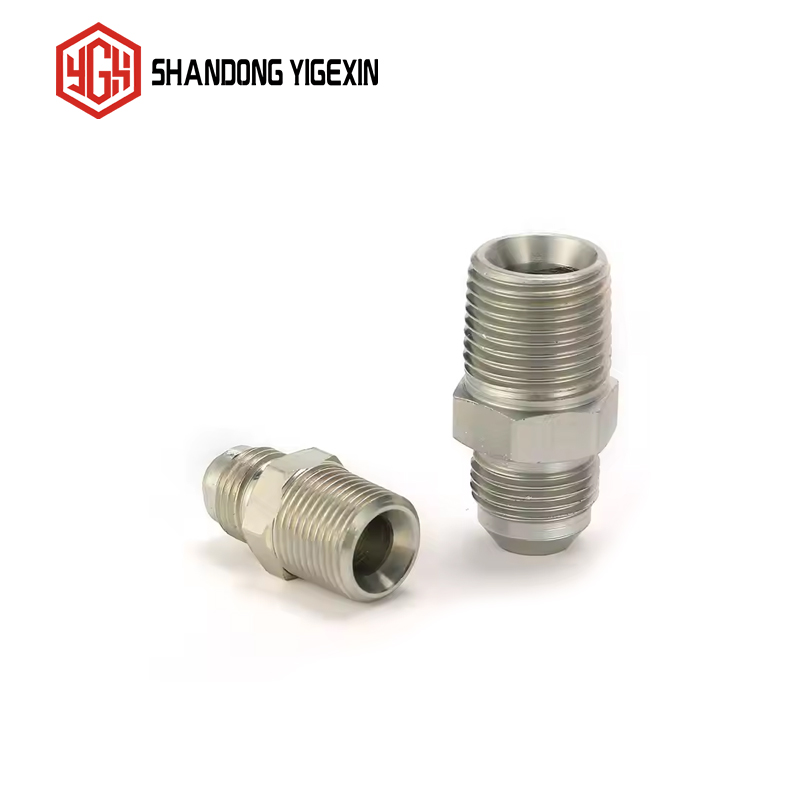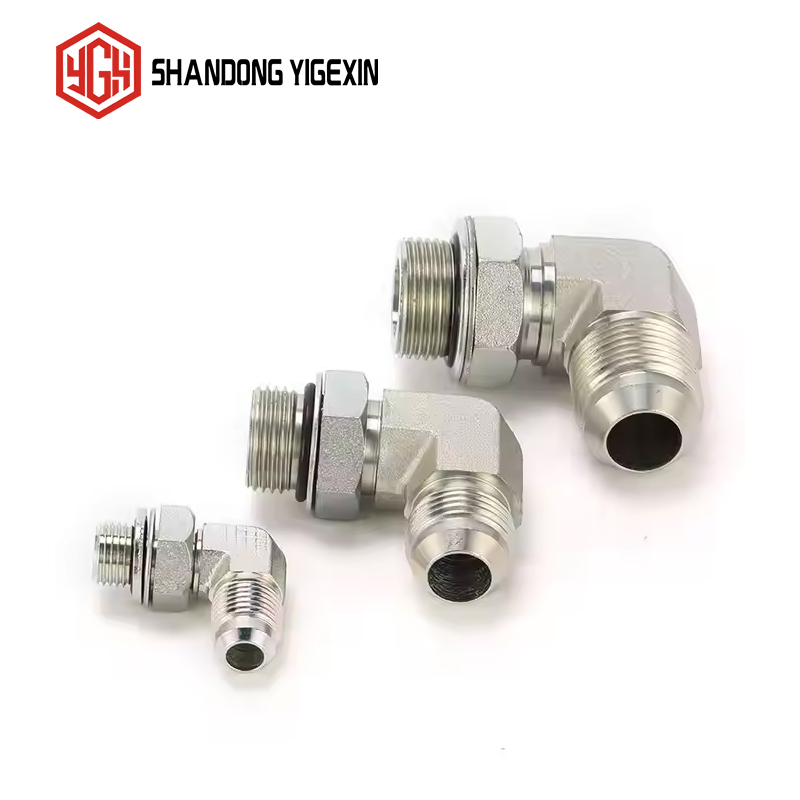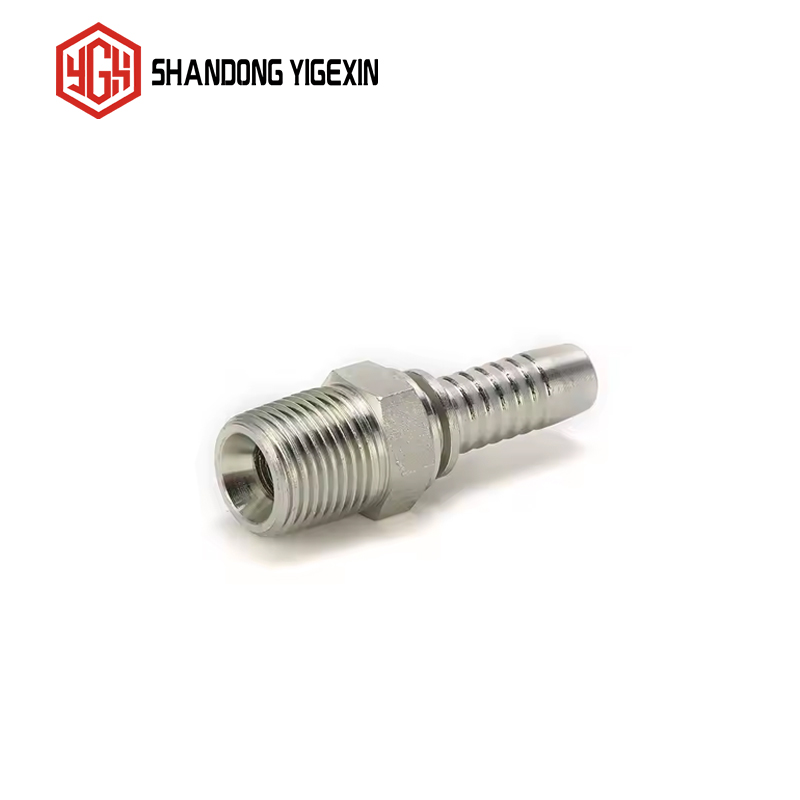Unveiling the Six Layers of Peeling Glue within Hydraulic Components
In the complex realm of hydraulic systems, the presence and behavior of peeling glue inside hydraulic components can significantly impact performance and reliability. Here, we delve into the six distinct levels of this peeling glue phenomenon, aiming to provide a comprehensive understanding for industry professionals and enthusiasts alike.
Level 1: Initial Adhesion Weakening
The first level is marked by the initial signs of the glue's adhesion starting to falter. Microscopically, the bond between the glue and the internal surfaces of the hydraulic component, such as valve bodies or cylinder walls, begins to loosen. This might be due to factors like chemical degradation from the hydraulic fluid, or the effects of cyclic pressure changes within the system. At this stage, the weakening is barely noticeable, but it sets the stage for further issues.
Level 2: Surface - Level Peeling Initiation
As the problem progresses to the second level, small flakes or patches of the glue start to peel off at the surface. These are visible upon close inspection, usually requiring disassembly of the component. The peeled - off pieces are often small and may remain suspended in the hydraulic fluid. This not only affects the smooth operation of the component but also poses a risk of clogging smaller passages or causing abrasion in moving parts.
Level 3: Sub - Surface Delamination
At the third level, delamination occurs beneath the surface of the adhered glue layer. The glue starts to separate into multiple sub - layers, creating voids and gaps. This weakens the overall integrity of the glued connection. The hydraulic fluid can penetrate these voids, further accelerating the degradation process. The sub - surface delamination can be detected through non - destructive testing methods, such as ultrasonic inspection, as it causes changes in the acoustic properties of the component.
Level 4: Aggressive Peeling and Fragmentation
The fourth level is characterized by more aggressive peeling, with larger chunks of the glue breaking off. The fragments are now of a size that can cause significant problems in the hydraulic system. They can jam valves, disrupt the flow of fluid in intricate channels, and damage sensitive components like piston seals. By this stage, the performance of the hydraulic system is severely compromised, and abnormal noises or reduced efficiency are likely to be observed.
Level 5: Near - Complete Glue Removal
At level five, most of the glue has peeled away from the internal surfaces of the hydraulic component. Only small, isolated patches may remain. The component is now in a highly vulnerable state, and the risk of system failure is extremely high. The lack of proper glue adhesion can lead to leaks, misalignment of parts, and overall instability in the hydraulic operation.
Level 6: System - Wide Contamination and Failure
The final and most critical level is when the peeled - off glue has spread throughout the hydraulic system, causing widespread contamination. Filters become clogged, pumps experience increased wear, and the overall hydraulic performance deteriorates to the point of system failure. At this stage, extensive cleaning, replacement of damaged components, and a thorough overhaul of the entire system are often required to restore normal operation.
By understanding these six levels of peeling glue inside hydraulic components, technicians and engineers can take proactive measures for early detection, prevention, and maintenance, ensuring the long - term health and optimal performance of hydraulic systems.


